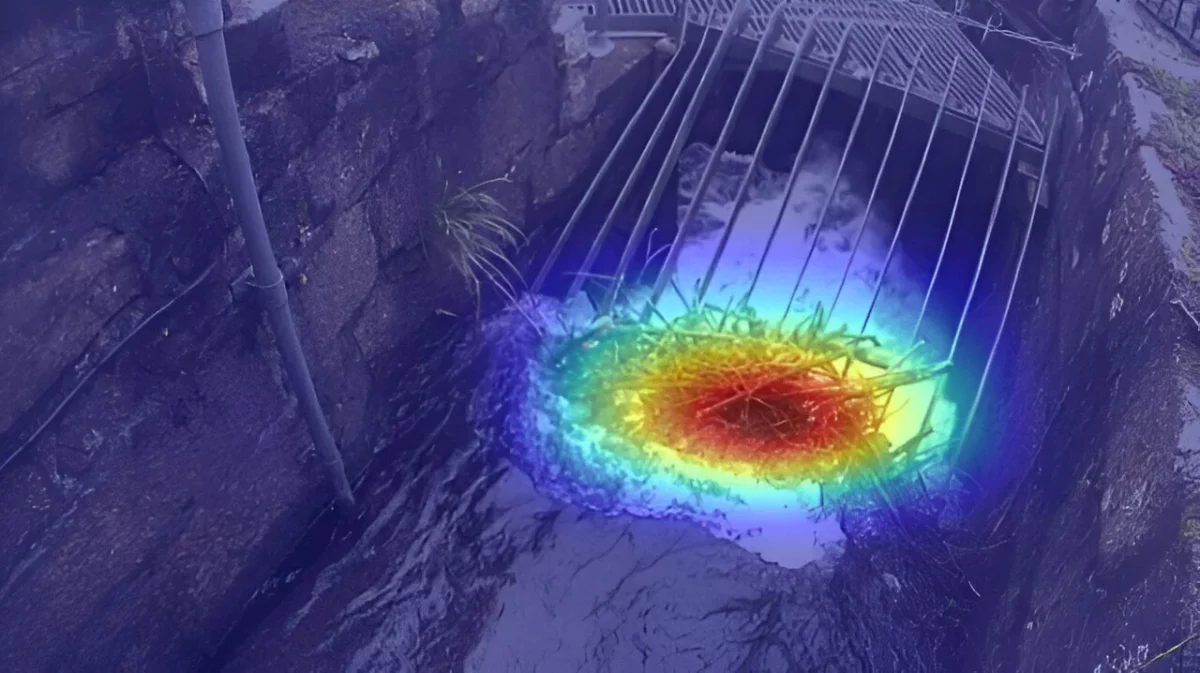Sustainable practices to mitigate or adapt to the effects of climate change have been spearheaded the world over, especially now that machine learning has made strides in recent years.
Smart CCTV systems trained to spot blockages in urban waterways could become an important future tool in flood prevention, new research published today has found.
Flooding in urban areas is mostly a result of blockage in the draining systems, resulting in overflows further exacerbating the effects of unprecedented rain.
Researchers at the University of Bath have demonstrated that their AI-powered detection software, ‘AI on The River,’ is capable of accurately identifying natural debris, litter, or waste obstructing trash screens in culverts. The software can be integrated into existing CCTV systems to provide early warnings of potential flooding.
In 2024, floods disrupted transport networks in Kenya, damaging infrastructure including roads with over 238 deaths over 75 people missing and thousands displaced.
In most urban centres the world over, culverts are an integral part of the infrastructure, allowing streams and rivers to flow under roads, railway embankments, and housing developments. When a culvert is blocked, flooding can happen quickly leading to risks to the structural integrity of the waterway and the local environment.
Dr. Andrew Barnes and his team at the University of Bath have developed an AI-powered system that detects blockages in culverts before they cause flooding. The system is flexible and scalable, making it suitable for flood-prone regions with limited local resources, such as The global south.
With close to 90% accuracy, the machine learning model can identify potential obstructions in culverts. This proactive approach contrasts with manual CCTV monitoring typically used in the UK, offering an efficient and automated solution for flood prevention.
Using AI and machine learning to develop early warning systems enables local authorities responsible for maintaining water flow to better allocate resources and address potential blockages more efficiently.
This proactive approach enhances safety for response teams by allowing them to address issues promptly, avoiding the dangers associated with working in flooded areas.
Dr. Thomas Kjeldsen, a Reader in Bath’s Department of Architecture & Civil Engineering and a member of the Centre for Regenerative Design and Engineering for a Net Positive World (RENEW), emphasized that climate change is increasing the global flood risk.
This research represents a key step towards creating lightweight, cost-effective flood management systems in urban areas, helping authorities worldwide adapt to the evolving climate. It also opens up numerous opportunities for further study and practical application.
Read Also: What to Know of the Floods in North-Eastern Nigeria










































